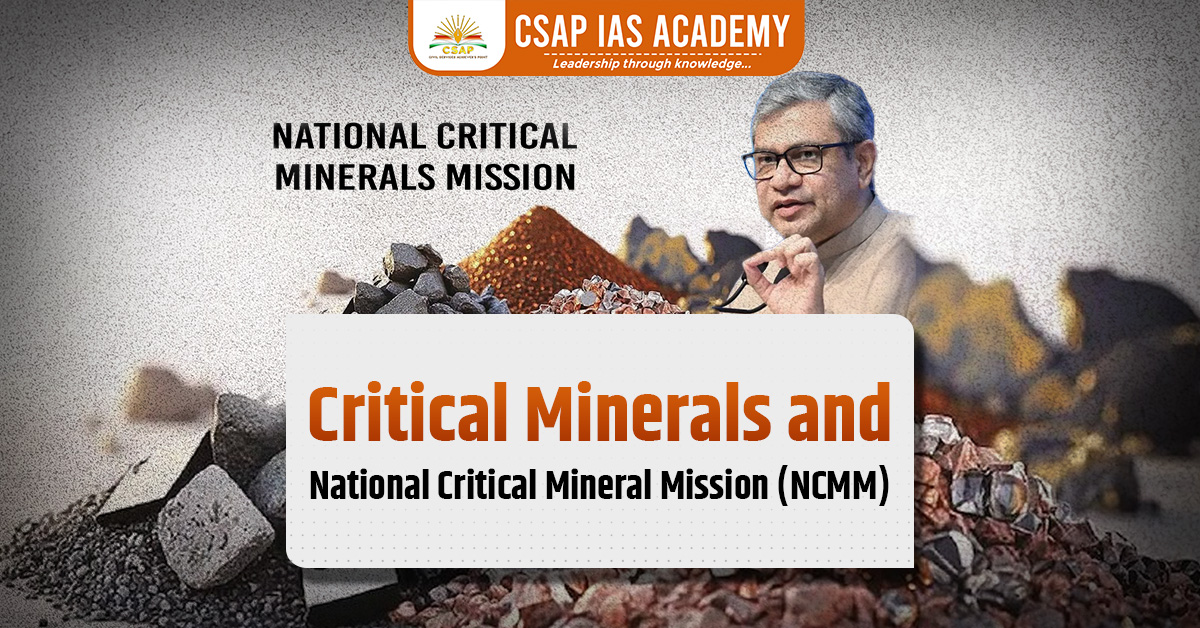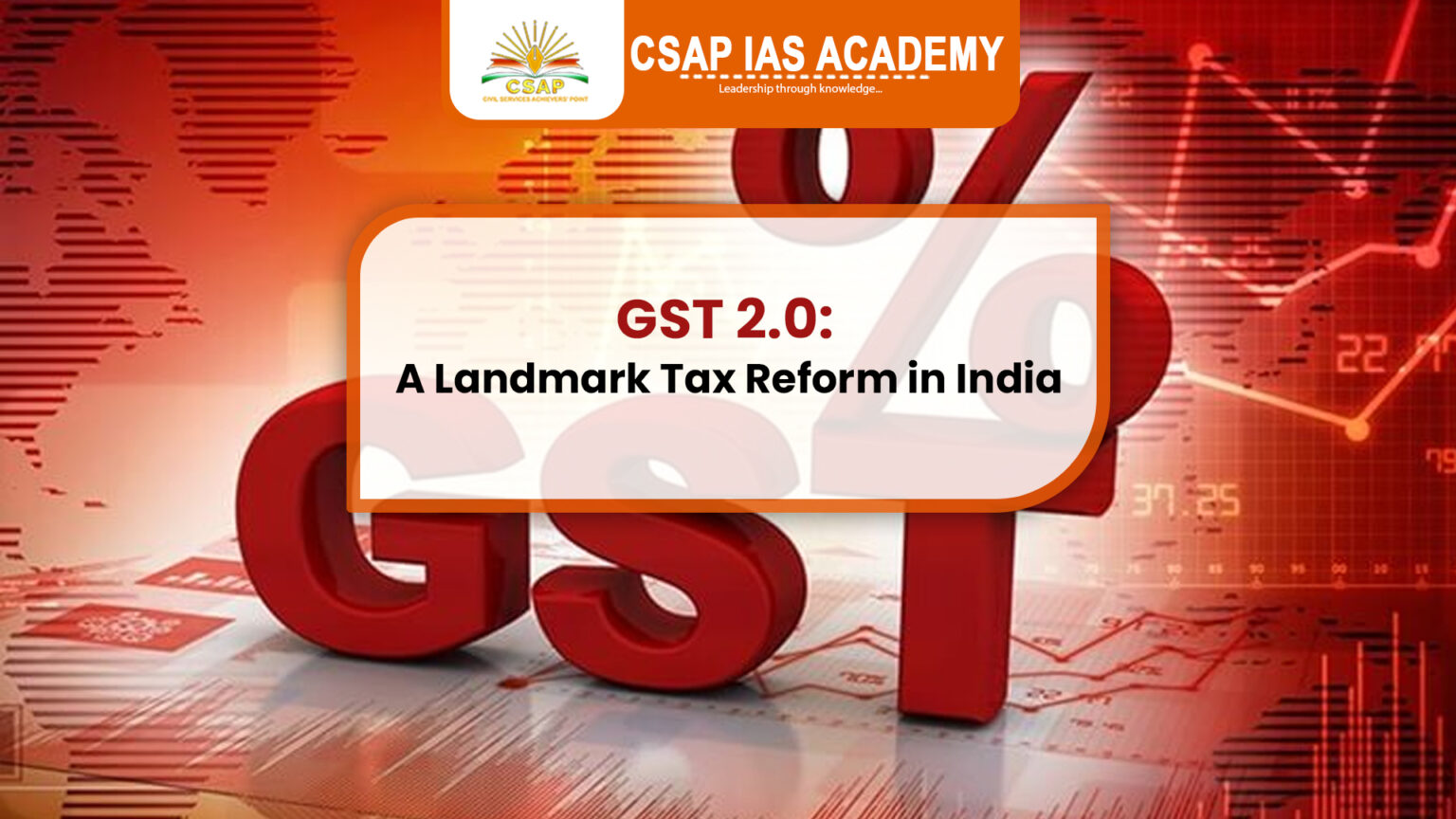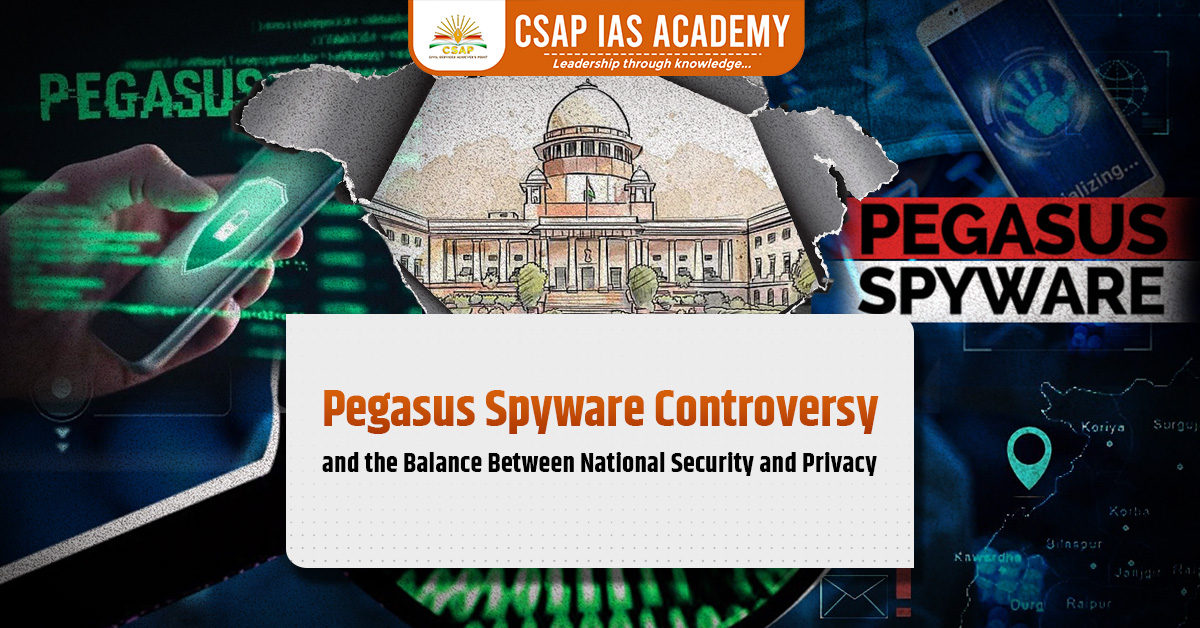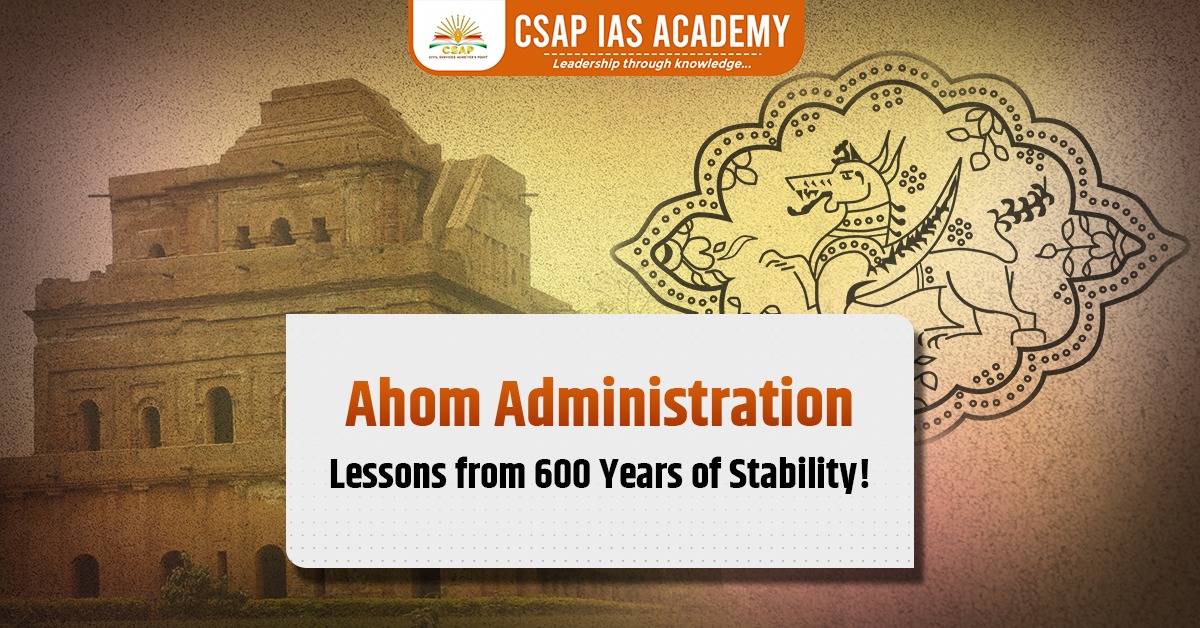In 2025, the Government of India launched the National Critical Mineral Mission (NCMM) with the objective of reducing import dependency, enhancing exploration, and ensuring secure and sustainable availability of critical minerals that are indispensable to India’s economic, strategic, and clean energy goals. This mission forms a cornerstone of India’s pursuit of self-reliance (Aatmanirbhar Bharat) and its commitment towards net-zero emissions by 2070.
What are Critical Minerals?
Critical minerals are those that are:
- Essential for modern technologies (like electronics, EV batteries, solar panels, and defense equipment).
- Subject to high supply risks due to limited geological availability, concentration in few countries, or geopolitical instability.
Their “criticality” is dynamic and depends on supply-demand trends, technological evolution, and geopolitical factors.
Legal and Regulatory Framework
- In 2022, a Ministry of Mines Committee identified 30 minerals as critical.
List of India’s 30 Critical Minerals
Antimony, Beryllium, Bismuth, Cobalt, Copper, Gallium, Germanium, Graphite, Hafnium, Indium, Lithium, Molybdenum, Niobium, Nickel, Platinum Group Elements (PGE), Phosphorous, Potash, Rare Earth Elements (REE), Rhenium, Silicon, Strontium, Tantalum, Tellurium, Tin, Titanium, Tungsten, Vanadium, Zirconium, Selenium, and Cadmium.
- In a significant legal reform, 24 minerals were added to Part D of Schedule I of the MMDR Act, 1957, granting exclusive auctioning rights to the Central Government.
- A Centre of Excellence for Critical Minerals (CECM) has been established to periodically review and update the list and advise on strategic planning and policy formulation.
Institutional Framework and Exploration Initiatives
- Geological Survey of India (GSI)
- Responsible for mineral exploration using the UNFC Classification and Mineral Evidence and Mineral Content (MEMC) Rules, 2015.
- Department of Atomic Energy
- Discovered 1,11,845 tonnes of REE oxide in Balotra, Rajasthan, boosting India’s strategic rare earth reserves.
- IREL (India) Ltd
- Leading processor of beach sand minerals.
- Operating Rare Earth Extraction and Refining Units to support domestic value chains.
International Cooperation
KABIL (Khanij Bidesh India Ltd)
- A joint venture among NALCO, HCL, and MECL, focused on securing overseas mineral assets.
Key Agreements:
- With CAMYEN SE (Argentina): Lithium exploration over 15,703 hectares.
- With Critical Minerals Office, Australia: Joint projects in lithium and cobalt, vital for battery storage and EVs.
Global Landscape
- Top producers of critical minerals include:
- Lithium: Chile, Australia, China
- Cobalt: Democratic Republic of Congo
- Graphite & Rare Earths: China
- Nickel: Indonesia
This global concentration underscores India’s strategic need for diversified and secured supply chains.
About the National Critical Mineral Mission (NCMM)
The National Critical Mineral Mission (NCMM) is a strategic and integrated approach led by the Ministry of Mines. Its core objectives are:
- Strengthen domestic exploration and mining of critical minerals.
- Promote indigenous processing and value addition to reduce external dependency.
- Ensure long-term supply security for clean energy, digital infrastructure, and defense industries.
- Encourage private sector participation and public-private partnerships.
- Enable international cooperation for overseas asset acquisition and technology exchange.
Alignment with Climate Goals
- Supports India’s goal of net-zero by 2070 and reducing GDP emissions intensity by 45% by 2030.
- Critical for renewable energy technologies (solar PV, wind, hydrogen, battery storage, EVs).
Conclusion
The National Critical Mineral Mission (NCMM) is not just a policy initiative but a strategic necessity for India’s energy transition, economic security, and geopolitical positioning. By securing critical minerals, India can reinforce its role as a global manufacturing hub and safeguard its path to sustainable development and technological leadership.
Read: Digital Threat Report
Download App:











